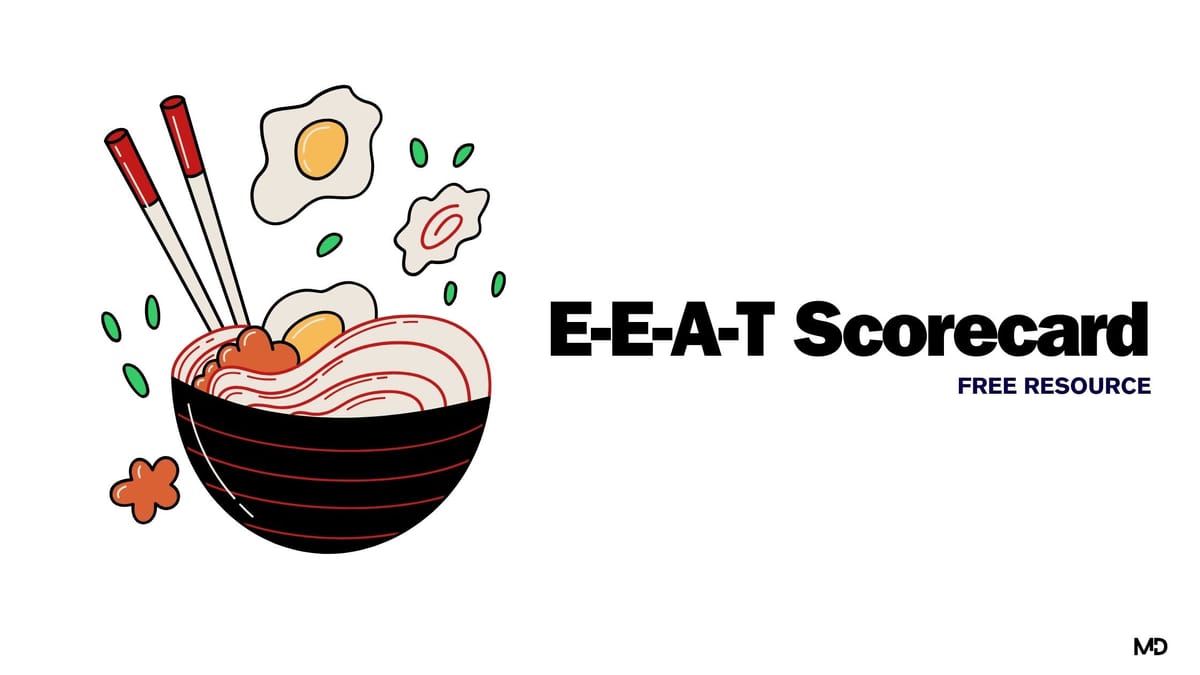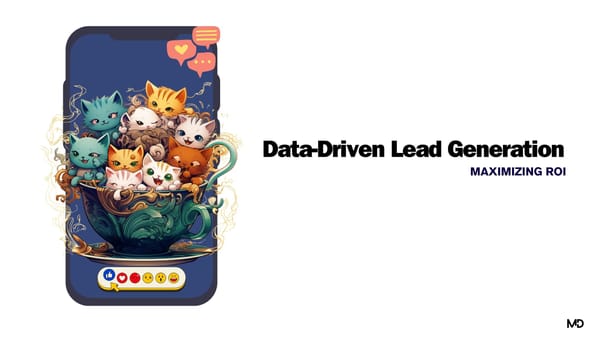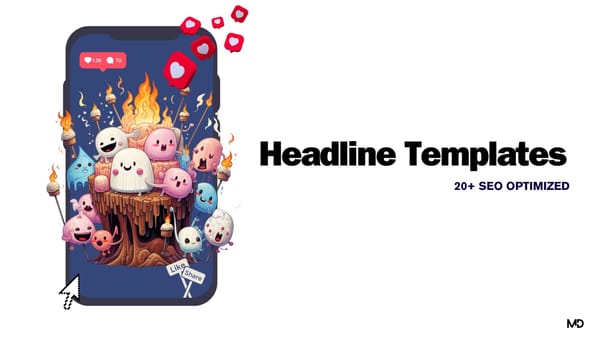E-E-A-T Scorecard SEO Copywriting Metric

What is E-E-A-T in SEO?
The E-E-A-T framework, an extension of the E-A-T principle, stands for Expertise, Experience, Authoritativeness, and Trustworthiness. This enhanced framework is used by Google to evaluate content quality on websites, focusing more comprehensively on the credibility and reliability of the information provided.
While not a direct ranking factor, E-E-A-T influences how Google assesses content quality. High E-E-A-T content is often ranked higher, especially for YMYL (Your Money or Your Life) topics.
Google uses a combination of algorithms and human raters to evaluate E-E-A-T, assessing factors like content quality, author credentials, and the website's reputation.
By producing well-researched, detailed content authored by qualified experts and regularly updating existing content.

How does E-E-A-T affect SEO?
Google's focus on this framework with the Quality Rater Guidelines highlights the importance of content being created by individuals or organizations with the appropriate level of experience or accreditation in their field.
This is a response to the rise of auto-generated content in search results, as Google aims to ensure that content ranking high is produced by real people with real audiences in mind.
Content quality is pivotal for Google rankings. Google's goal is to present relevant and accurate answers, considering over 200 factors to determine the quality of content on a webpage. Key aspects include:
- Search Intent: Quality content fulfills the searcher's intent, addressing their core needs effectively, whether informational, transactional, or navigational.
- Content Structure: The content's structure, incorporating headers, bullet points, images, and videos, is vital for readability and search engine comprehension.
- On-Page Elements: Optimizing elements like title tags, meta descriptions, and image alt texts is crucial for Google to categorize and understand content.
- Uniqueness and Originality: Google values original content offering unique perspectives or information, setting it apart from existing search results.
Sites without E-A-T were essentially removed from Google’s search results in 2018 when the search engine dropped the infamous “medic” update.

Examples of E-E-A-T for improved SEO
E for Expertise
Showcase the author's knowledge and skills in a specific area.
Example of Expertise in E-E-A-T: Pick Up Limes

The article "Why You're Always Tired" from Pick Up Limes demonstrates expertise in several ways:
- Qualified Authorship: Authored by a nutritionist specializing in dietetics, the article benefits from the author's academic and professional background. This expertise lends credibility to the insights presented.
- In-Depth Analysis of Diet and Health: The article's focus on the impact of diet on energy levels and sleep quality is a complex topic that requires a deep understanding of nutritional science. The discussion on micronutrients like B vitamins, iron, and magnesium, and their specific roles in combating fatigue indicates a detailed understanding of the subject.
- Evidence-Based Information: The article seems to base its advice on scientific understanding and research in the field of nutrition. Expertise is often demonstrated through the use of evidence-based information, which suggests that the content is not just opinion but grounded in scientific study.
- Practical Application: The ability to translate complex nutritional concepts into practical advice that readers can apply to their daily lives further showcases the author's expertise. Expert knowledge is most effective when it can be communicated in a way that is understandable and actionable by the target audience.
E for Experience
Focus on the author's personal, real-world experience with the topic.
Example of Experience in E-E-A-T: Farmhouse on Boone

The Farmhouse on Boone's "Sourdough Brioche" recipe embodies experience through:
- Personal Expertise in Baking: The author's familiarity with sourdough techniques and the nuances of brioche baking is evident. This expertise likely comes from extensive personal experience in baking and experimenting with different recipes.
- Detailed Guidance: The recipe includes specific tips and tricks, indicating a deep understanding of the baking process and potential challenges that readers might face. This level of detail often comes from hands-on experience.
- Practical Insights: The author shares insights into the texture, flavor, and variations of the sourdough brioche, reflecting practical knowledge gained from actual baking and tasting the results.
A for Authoritativeness
Establish the author's or website's reputation in their field.
Example of Authoritativeness in E-E-A-T: Investopedia

Investopedia's article on IRAs demonstrates authoritativeness through:
- Financial Expertise: Investopedia is a well-known platform for financial information, backed by experts in the field. This lends credibility to their articles, including the one on IRAs.
- Research-Based Information: The article is expected to be based on thorough research and updated financial data, reflecting Investopedia's commitment to providing accurate and current information.
- Credibility in the Financial Community: Investopedia's reputation as a reliable source for financial advice and information further enhances the authoritativeness of its content.
T for Trustworthiness
Ensure the content's accuracy, transparency, and honesty.
Example of Trustworthiness in E-E-A-T: The Escoffier School of Culinary Arts blog

The trustworthiness of the Escoffier School of Culinary Arts post about starting a bakery business from home can be ascribed to several factors:
- Reputation in Culinary Education: The Escoffier School of Culinary Arts is well-regarded in the field of culinary education. Institutions with such a reputation often ensure that their published content maintains high standards of accuracy and relevance, in order to uphold their reputation.
- Comprehensive and Practical Advice: The blog provides detailed steps, regulatory considerations, and marketing tips. This level of detail suggests a thorough understanding of the subject matter, which is crucial for trustworthy advice. The inclusion of regulatory aspects indicates that the information is not just theoretical but applicable in real-world scenarios.
- Transparency and Clarity: The clear presentation of information, including potential challenges and how to address them, reflects transparency. Trustworthy resources typically offer balanced viewpoints, acknowledging both the opportunities and the hurdles in any venture.
- Relevance to Target Audience: The blog is tailored for aspiring food entrepreneurs, indicating that the content is specifically designed to meet the needs and answer the questions of its intended audience. This specificity enhances trustworthiness as it reflects a focus on providing practical, actionable advice.
About your Free Resource Download
What is the E-E-A-T Scorecard?
The E-A-T scorecard is a free tool designed for writers and content creators to assess the quality of their articles in terms of Expertise, Authoritativeness, and Trustworthiness — key factors that are crucial for SEO.
When to Use the E-E-A-T Scorecard
Before Publishing: Apply the scorecard to draft articles to ensure they meet the E-E-A-T criteria before going live.
Content Audits: Use it during content audits to evaluate and improve existing articles on your website.
Training Writers: It can be a training tool to help writers understand what makes content valuable from an SEO perspective.
How to Use the E-E-A-T Scorecard
1. Evaluate Each Criterion
- Go through each criterion in the scorecard and rate the article according to the specific guidelines provided.
- Consider the length of the article when applying criteria related to citations, backlinks, and depth of content.
2. Score and Summarize
- Assign a score for each section and then sum them up for a total out of 100.
- Use the scoring scale to objectively evaluate the strengths and weaknesses of the article.
3. Implement Feedback
- Based on the scores, identify areas where the article can be improved — be it enhancing the author's profile, deepening the research, or improving readability and SEO.
- Revise the article as needed to improve its E-A-T score.
4. Track Progress
- Keep a record of scores over time to track improvements in content quality.
- Use insights from the scorecard to inform future content strategies and training.
Remember, the E-A-T scorecard is a guideline and should be adapted as needed based on the specific content strategy and audience of your website.





